Teaching Nixon
Passion for Social Studies
JANUARY 11, 2025
Students learn about such a wide range of politics in high school history classes. Civic Engagement and the Importance of Participation Nixons presidency highlights the importance of civic engagement, public awareness, and participation in the democratic process. These actions marked a shift in the U.S.

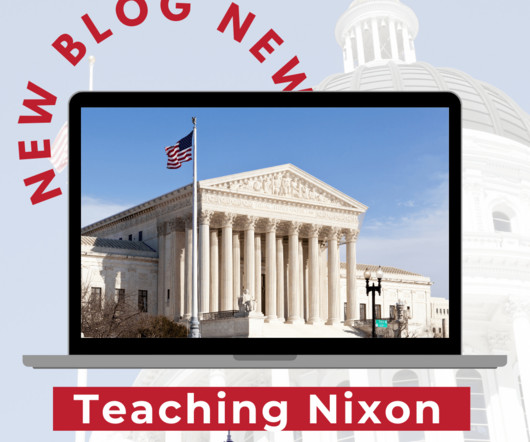

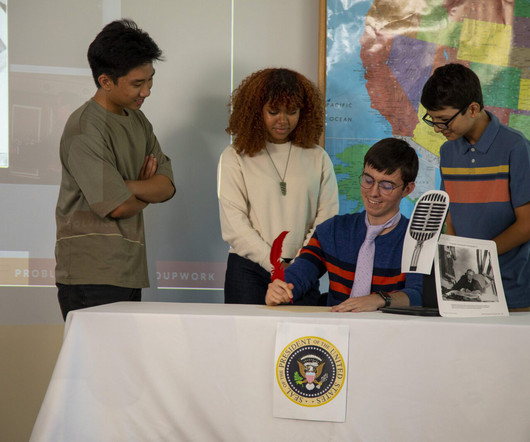






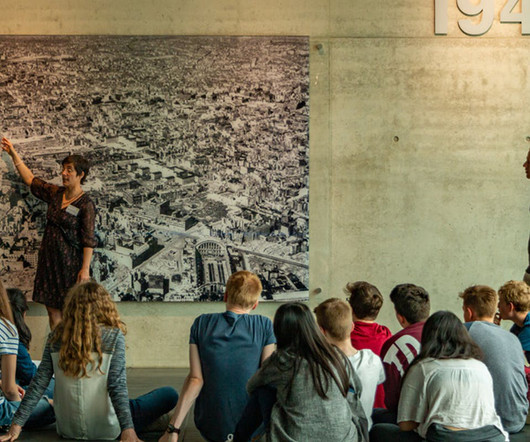
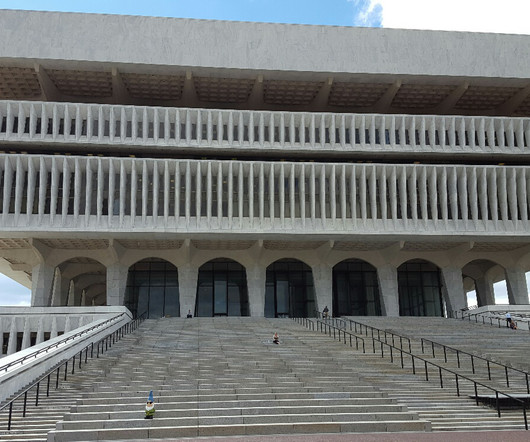
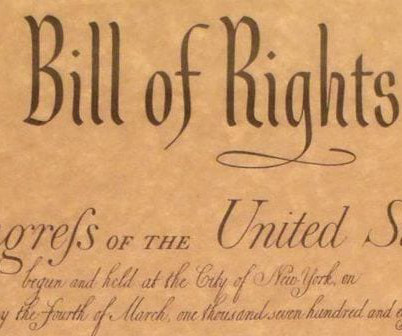


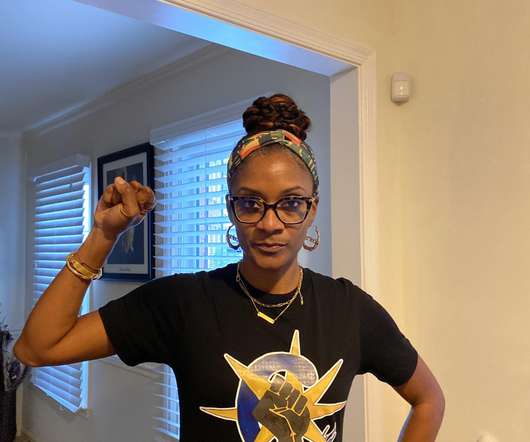







Let's personalize your content